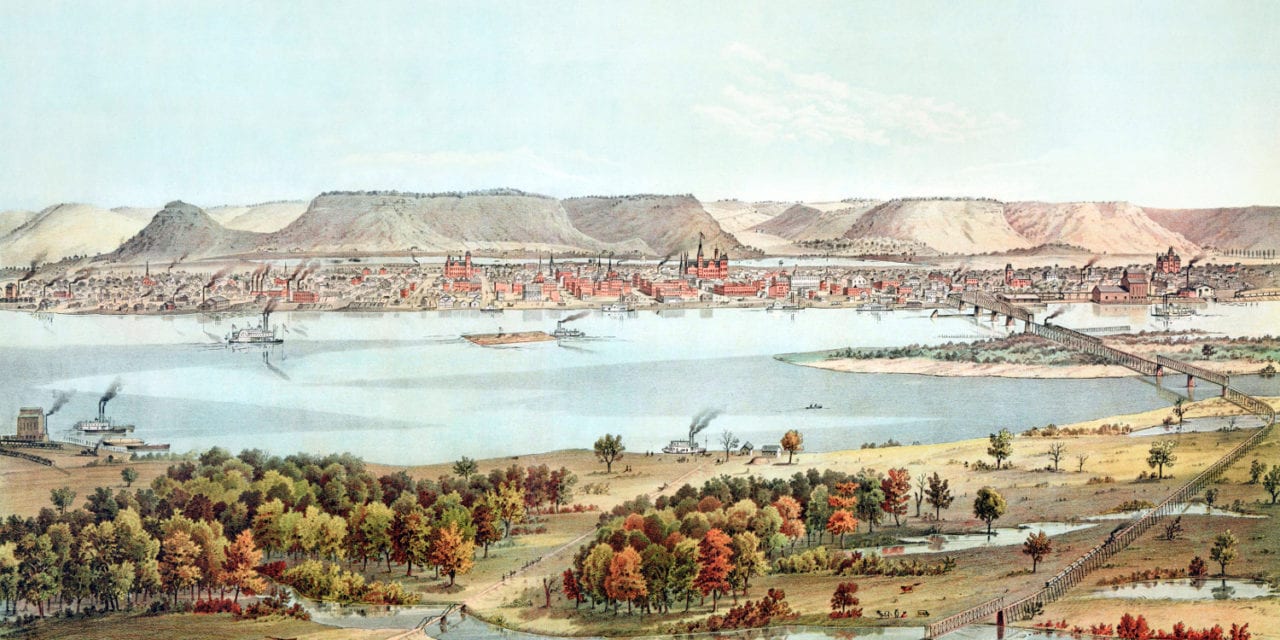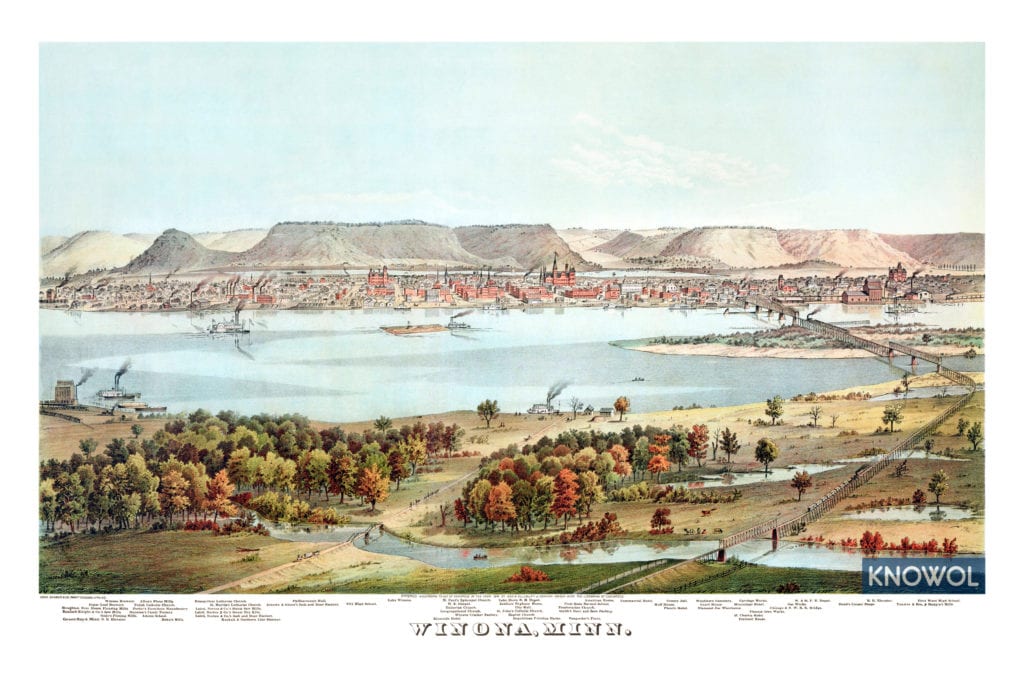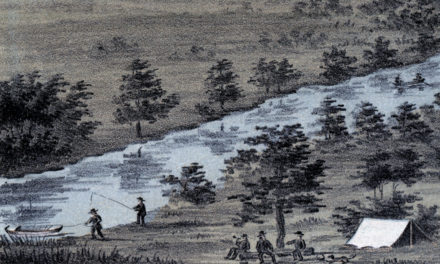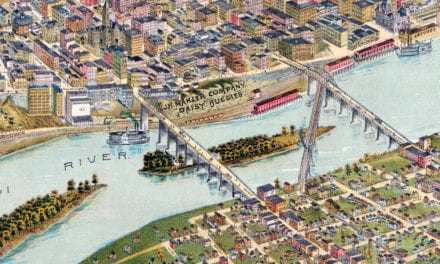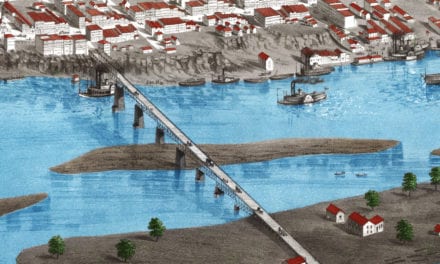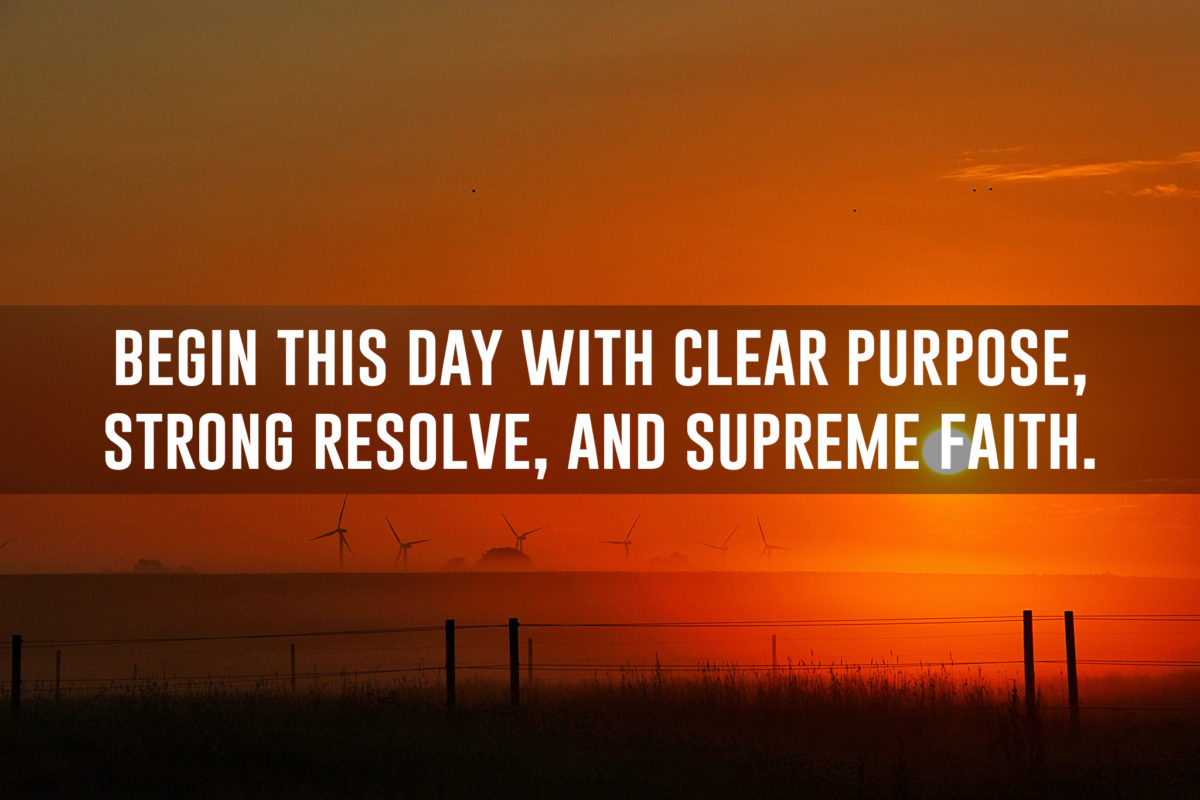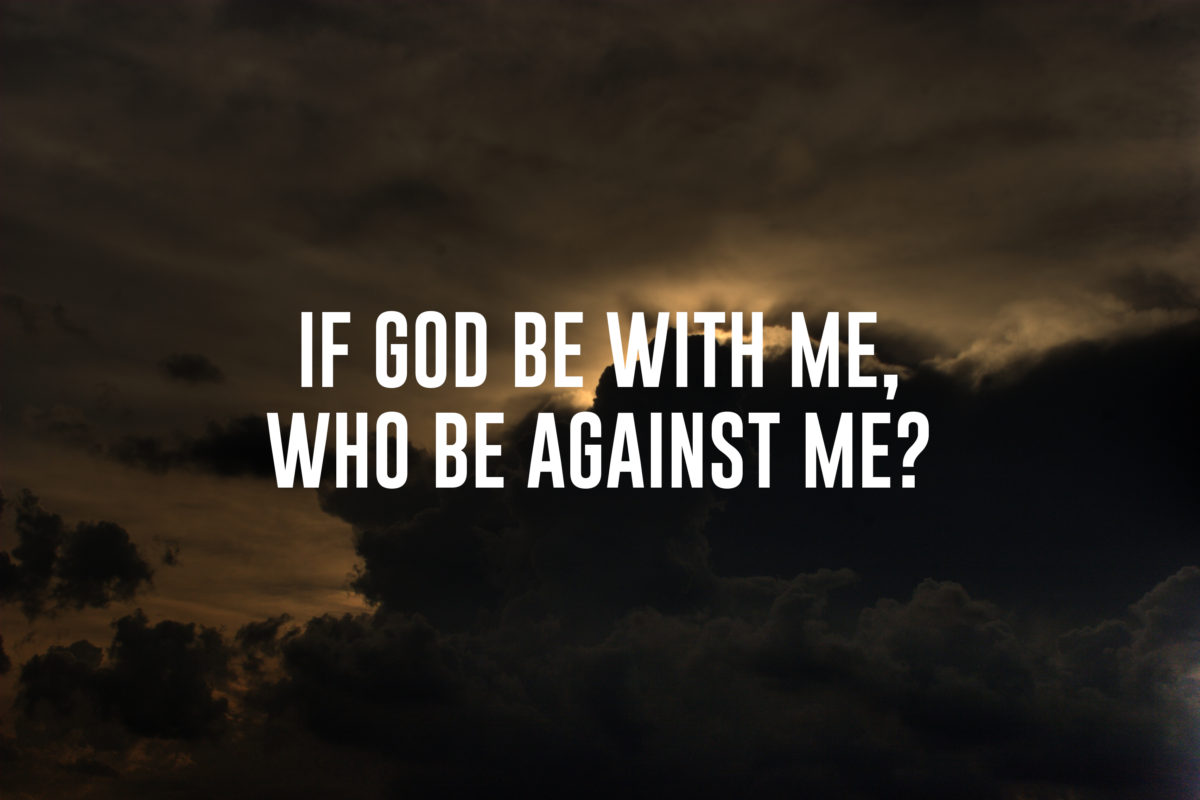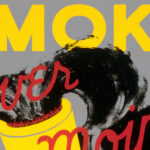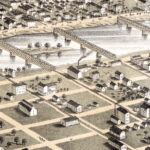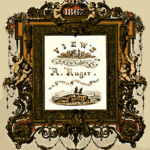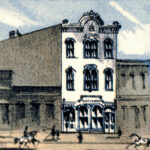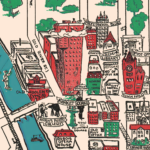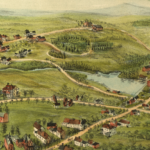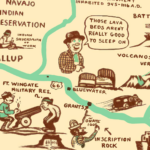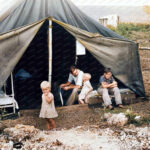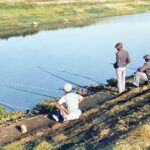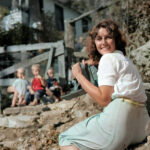This beautiful drawing of Winona, Minnesota was created in 1874 by Charles Shober, a prominent 19th century illustrator. The image shows a bird’s eye view of Winona as it looked approximately 20 years after it was founded.
The city of Winona began on the site of a Native American village named Keoxa. Fur traders from New England were the first Non-Native Americans to settle the area in 1851, and they divided the town into lots in 1852 and 1853.
Landmarks on the map include Winona Brewery, Allen’s Flour Mills, Sugar Loaf Brewery, Boynton’s Candy Factory, Philharmonic Hall, Keokuk & Northern Line Steamer, Lake Winona, Winona Cracker Factory, Diamond Joe Warehouse, Phoenix Iron Works, Vangorder’s Ferry, and more.
This historic map of Winona, MN has been restored by KNOWOL. Reproductions of the map are available here.
Click here to see Winona, Minnesota in 1874
Neil’s History of Minnesota (1878) features a story explaining how the area came to be known as “Winona”.
“In the days of the great chief Wapashaw there lived at the village of Keoxa, which stood at the site of the town which now bears her name, a maiden with a loving soul. She was the first-born daughter, and, as is always the case in a Dahkotah family, she bore the name of Weenonah.
A young hunter of the same band was never happier than when he played the flute in her hearing. Having thus signified his affection, it was with the whole heart reciprocated.
The youth begged from his friends all that he could, and went to her parents, as is the custom, to purchase her for his wife, but his proposals were rejected.
A warrior who had often been on the war-path, whose head-dress plainly told the number of scalps he had wrenced from Ojibway heads, had also been to the parents, and they thought that she would be more honored as an inmate of his teepee.
Weenonah, however, could not forget her first love, and though he had been forced away, his absence strengthened her affections.
Neither the attentions of the warrior, nor the threats of parents, nor the persuasion of friends could make her consent to marry simply for position.
One day the band came to Lake Pepin to fish or hunt. The dark green foliage, the velvet sward, the beautiful expanse of water, the shady nooks, made it a place to utter the breathings of love.
The warrior sought her once more and begged her to accede to her parent’s wish and become his wife, but she refused with decision.
While the party was feasting Weenonah clambered to the lofty bluff, and then told to those who were below how crushed she had been by the absence of the young hunter and the cruelty of her friends.
Then chanting a wild death-song, before the fleetest runner could reach the height she dashed herself down, and that form of beauty was in a moment a mass of broken limbs and bruised flesh.
The Dahkoath as he passes the rock feels that the spot is Wawkawn – mysterious or supernatural.”
This historic drawing of Winona will make an attractive addition to your office, library, or den, and can even be used to teach children the geography and history of the city. When you’re done exploring, click here to get your copy.

